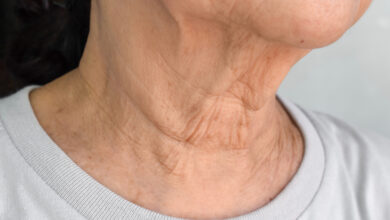Recovery Timeline After Brow Lift Surgery

Brow lift surgery, also known as a forehead lift, is a cosmetic procedure designed to rejuvenate the appearance of the forehead and brow area. Whether it’s to reduce sagging skin, smooth out wrinkles, or lift drooping eyebrows, this surgical intervention can provide significant aesthetic enhancements. However, like any surgical procedure, recovery plays a crucial role in achieving optimal results and ensuring patient satisfaction.
Introduction to Brow Lift Surgery
Brow lift surgery is performed to address signs of aging or dissatisfaction with the appearance of the forehead and brow region. It involves lifting the soft tissues of the forehead and repositioning or removing excess skin to create a smoother, more youthful appearance. This procedure can be done using various techniques, including traditional surgery, endoscopic surgery, or a combination of both, depending on the patient’s specific needs and goals.
Understanding the Recovery Process
Immediate Post-Op Care
Following brow lift surgery, patients will be monitored closely in a recovery area until they are fully awake and stable. It’s common to experience some discomfort, swelling, and bruising immediately after the procedure. Pain medication and cold compresses may be prescribed to help manage these symptoms.
Initial Recovery Stage
During the first week after surgery, patients are advised to rest and avoid strenuous activities. It’s essential to keep the head elevated to minimize swelling and promote proper healing. Patients may also need to wear a compression garment or bandage to support the surgical area and reduce swelling.
Healing Progress
As the initial swelling subsides, patients will notice gradual improvements in their appearance. However, it’s essential to continue following post-operative instructions carefully. Avoiding activities that could strain the surgical site, such as heavy lifting or vigorous exercise, is crucial during this stage.
Long-Term Recovery
By the end of the third month, most of the swelling and bruising should have resolved, and patients can expect to see the final results of their brow lift surgery. However, it’s essential to be patient, as the healing process can vary from person to person. Some individuals may experience temporary numbness or tightness in the forehead area, which should gradually improve over time.
Managing Discomfort and Swelling
To alleviate discomfort and reduce swelling during the recovery period, patients can:
- Take prescribed pain medication as directed by their surgeon.
- Apply cold compresses to the forehead area to minimize swelling.
- Avoid smoking and alcohol consumption, as these can impair the healing process.
Returning to Daily Activities
Most patients can resume light activities, such as walking and gentle stretching, within a few days after surgery. However, it’s essential to avoid strenuous exercise and heavy lifting for at least two to three weeks to prevent complications and ensure optimal healing.
Potential Complications and How to Handle Them
While brow lift surgery is generally safe, like any surgical procedure, it carries some risks, including infection, bleeding, and adverse reactions to anesthesia. Patients should be aware of the signs of complications, such as excessive pain, fever, or unusual swelling, and contact their surgeon immediately if they experience any of these symptoms.
Tips for Optimizing Recovery
To promote a smooth and successful recovery after brow lift surgery, patients can:
- Follow all post-operative instructions provided by their surgeon.
- Maintain a healthy diet rich in vitamins and nutrients to support healing.
- Avoid direct sun exposure and use sunscreen to protect the surgical area from UV damage.
- Attend all follow-up appointments with their surgeon to monitor progress and address any concerns.
Conclusion
Recovery after brow lift surgery is a gradual process that requires patience and adherence to post-operative instructions. By understanding the stages of recovery and taking proactive measures to support healing, patients can achieve optimal results and enjoy a more youthful, rejuvenated appearance.



